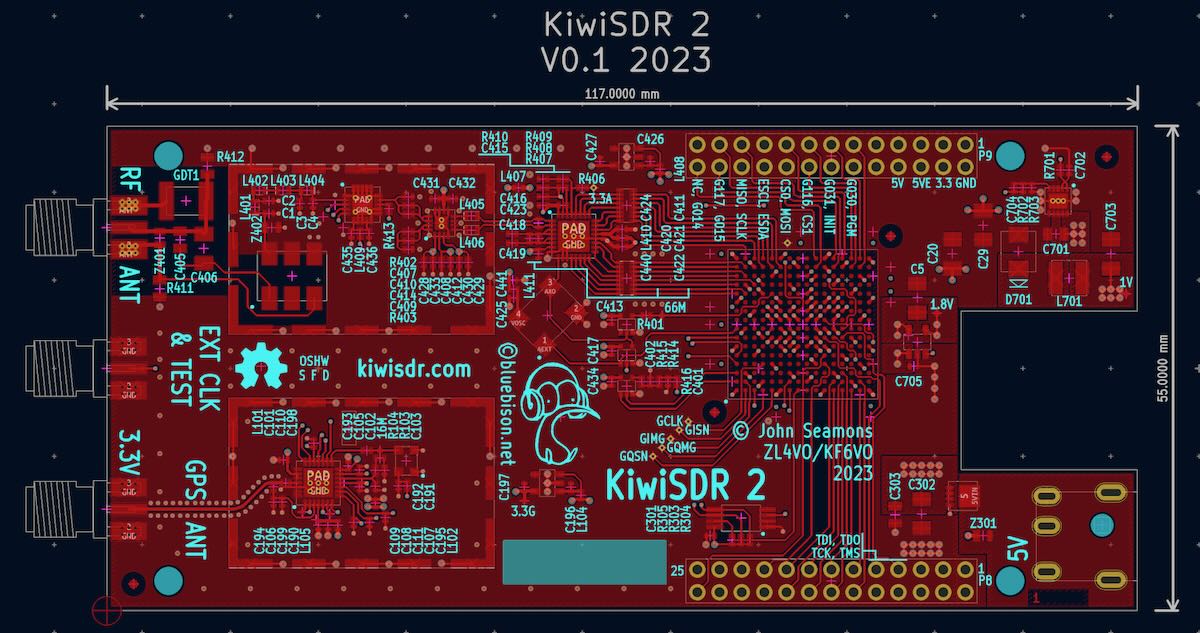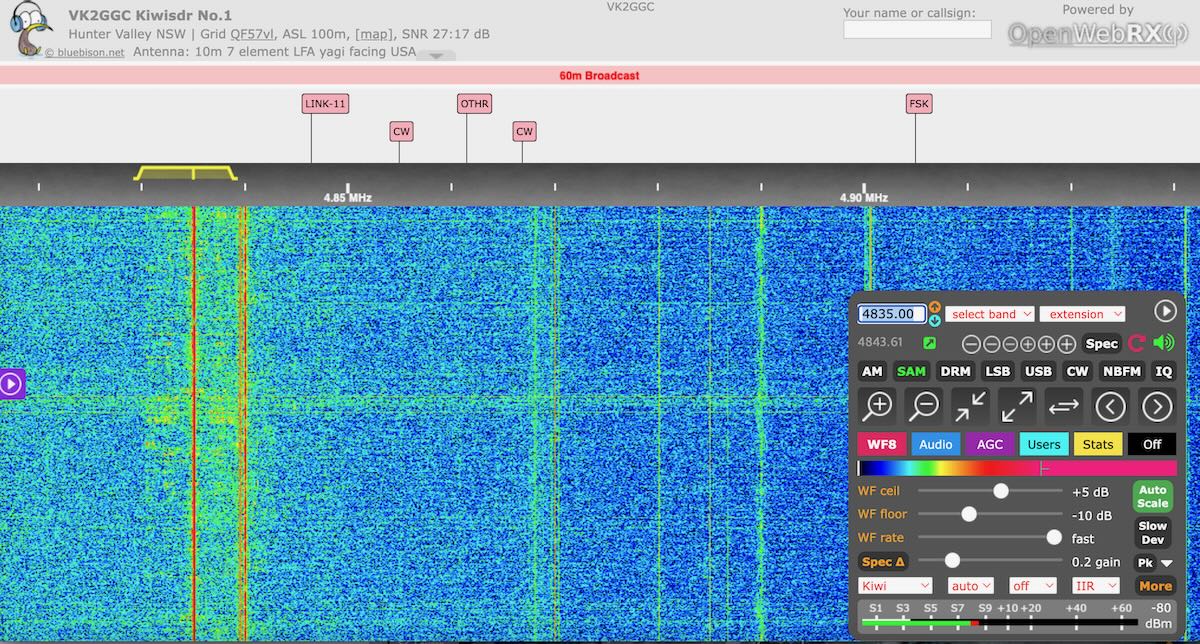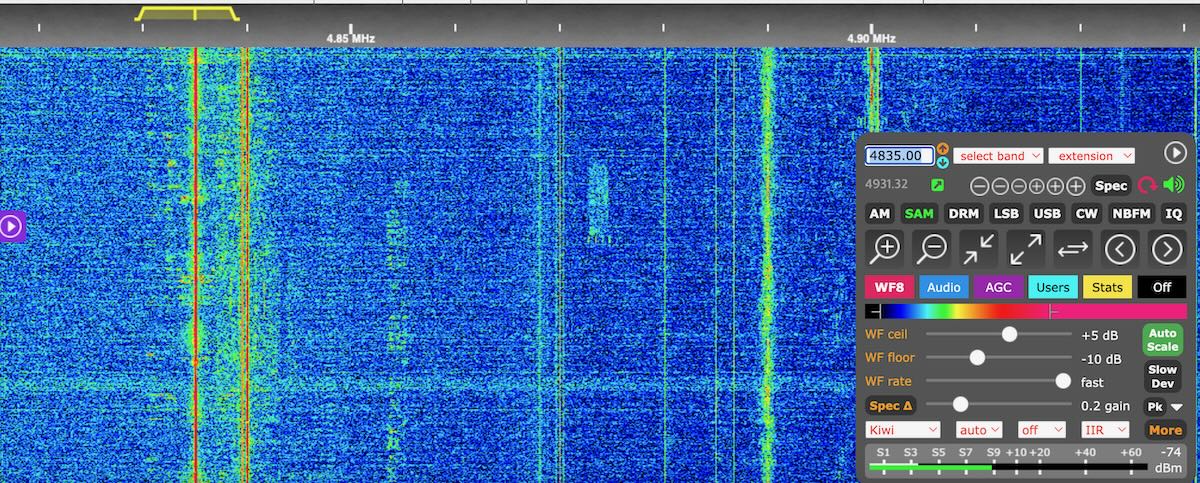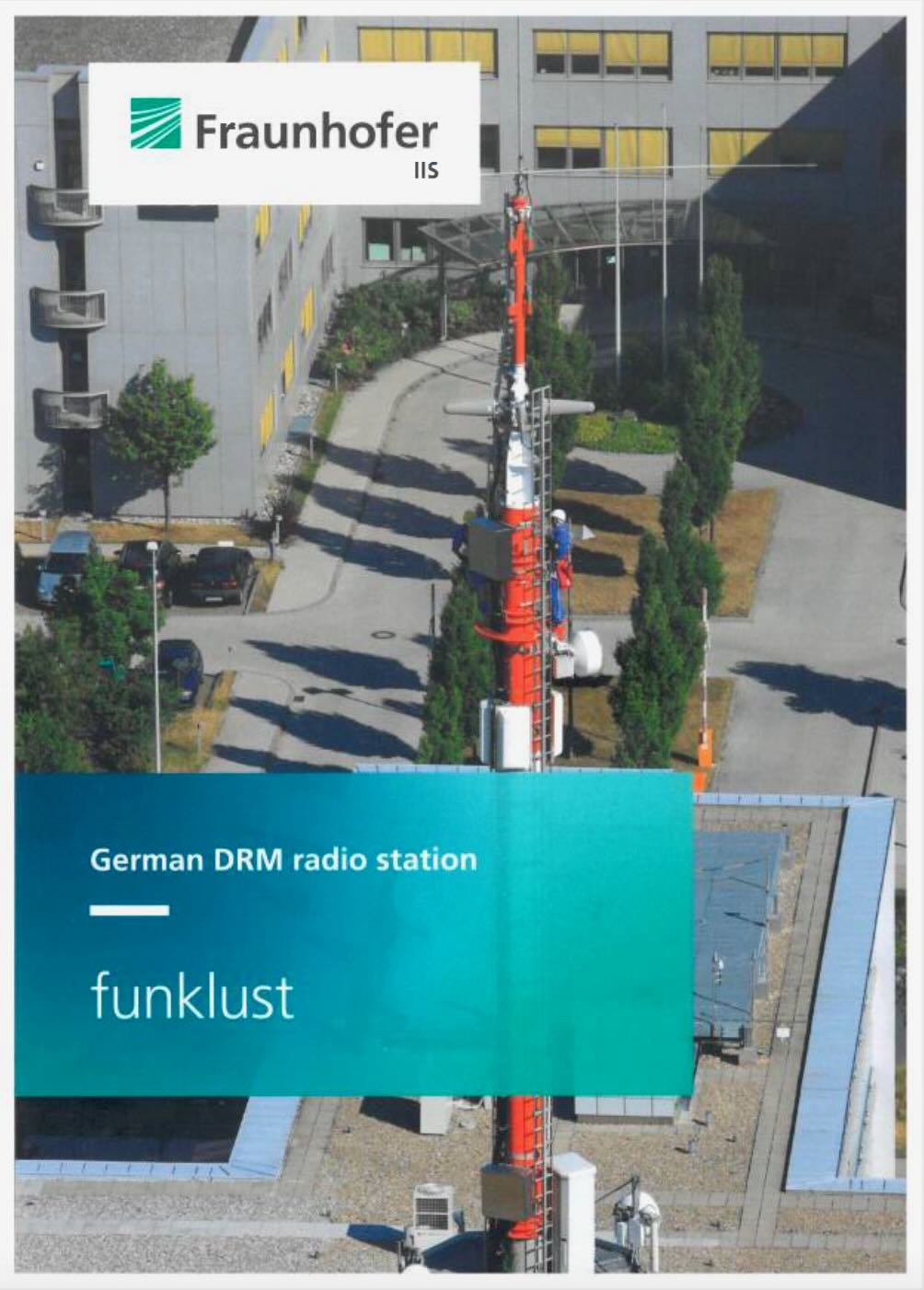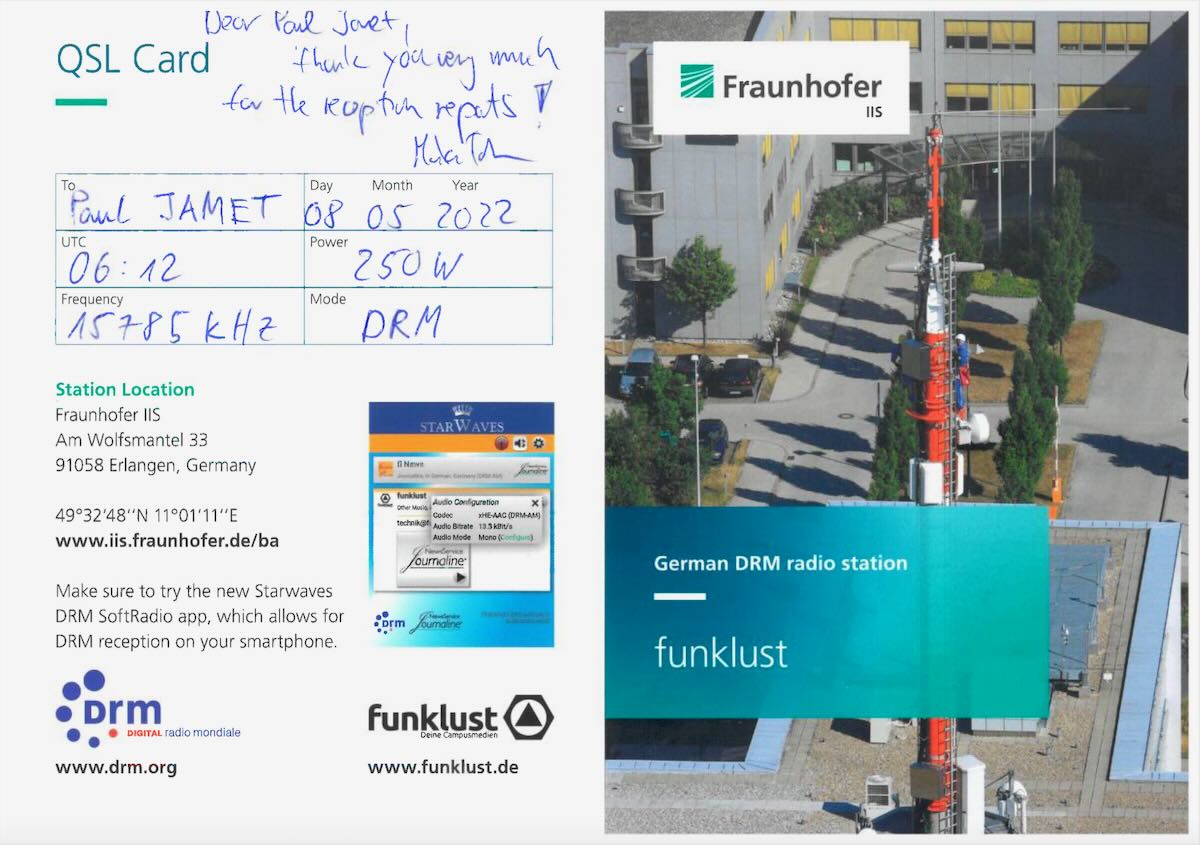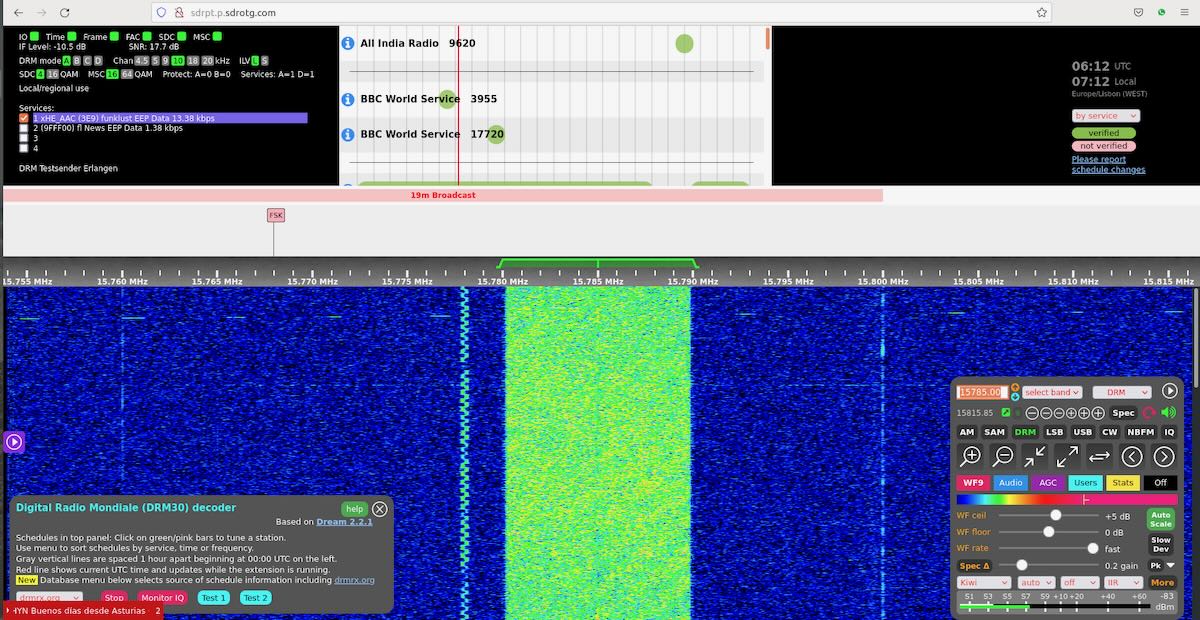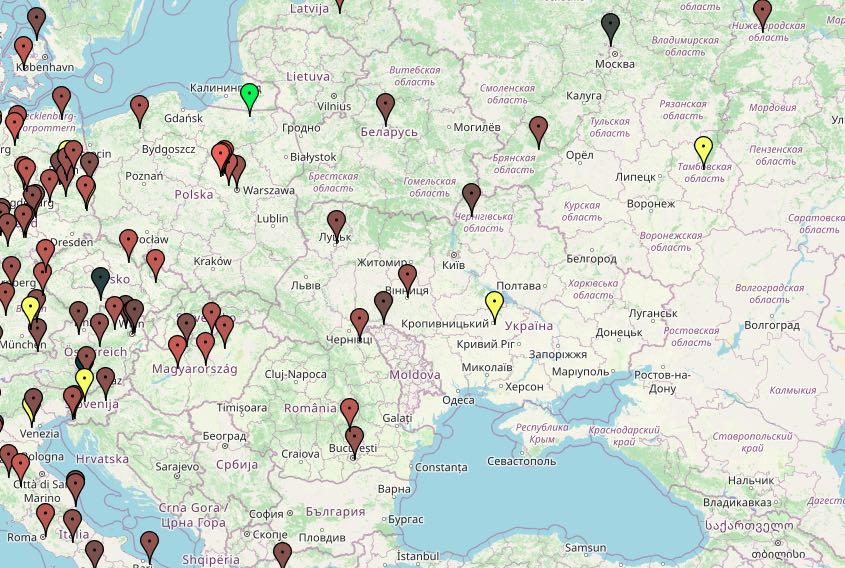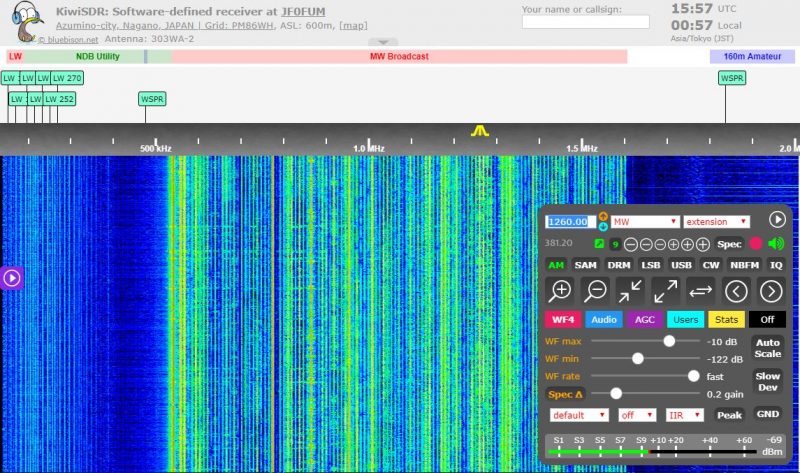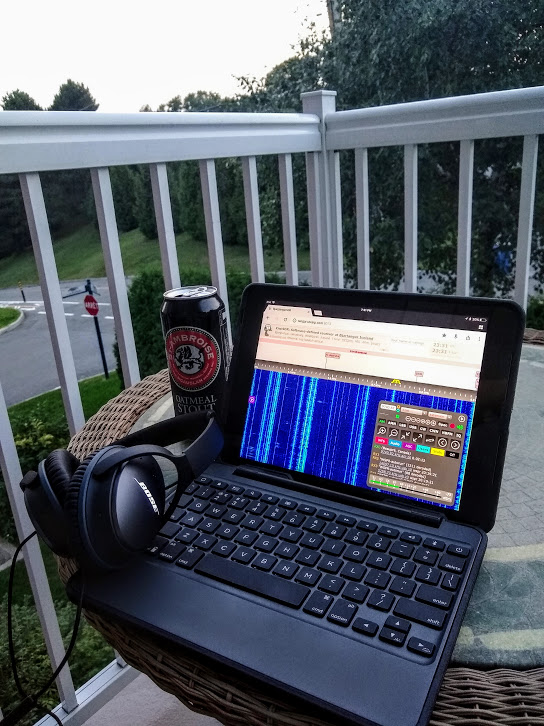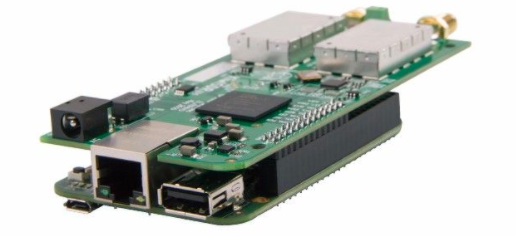A number of SWLing Post readers have shared a link to this post by KiwiSDR creator John Seamons on the KiwiSDR forum. In it, he (somewhat reluctantly) describes a new version 2 of the KiwiSDR that is in the works.
John writes:
I don’t like to announce something before it’s ready. But my hand is being forced.
So please consider this a pre-announcement. There are no guarantees.
The PCB and bill-of-materials (BOM) are finished and ready for prototype construction.
The problem is I don’t know WHO is going to build this or HOW. So I don’t know WHEN it might be available. And most importantly I don’t know what it might COST.
If YOU have specific ideas about these questions please email me. I’m especially interested in full-service manufacturing and distribution outside of China.
KiwiSDR 2 Goals:
Minimal changes. Fastest time-to-market with lowest possible risk. BUT since the PCB is going to be re-spun fix some of the known limitations that don’t add too much risk:
-
- New RF front-end:
- Balanced input via balun transformer
- Digital attenuator (per the advisory group: pSemi PE4312, 0 – 31.5 dB, 0.5 dB steps)
- Gas discharge tube (GDT) across input in addition to TVS diodes
- Static drain resistors (100K) from input connections to ground
- External ADC clock brought out on third SMA connector
- Self test loopback mode using a short cable between this SMA and antenna input
- New GPS chip to replace current one which is now EOL
- Reverse polarity protection (via P-FET) on 5V DC input
- TVS diode across 5V input
- New RF front-end:
I have an email advisory group. Many, many other changes and additions were considered and deferred. They have been put onto a list for the future.
Additional info as things progress.
Thank you.
Readers: If you have suggestions for John regarding a manufacturing and distribution facility outside of China, please connect with him on the KiwiSDR forum.
In my opinion, the KiwiSDR has been the most accessible and effective web-based SDR platform out there. I’m looking forward to version 2 and hope it becomes a reality in the near future.

